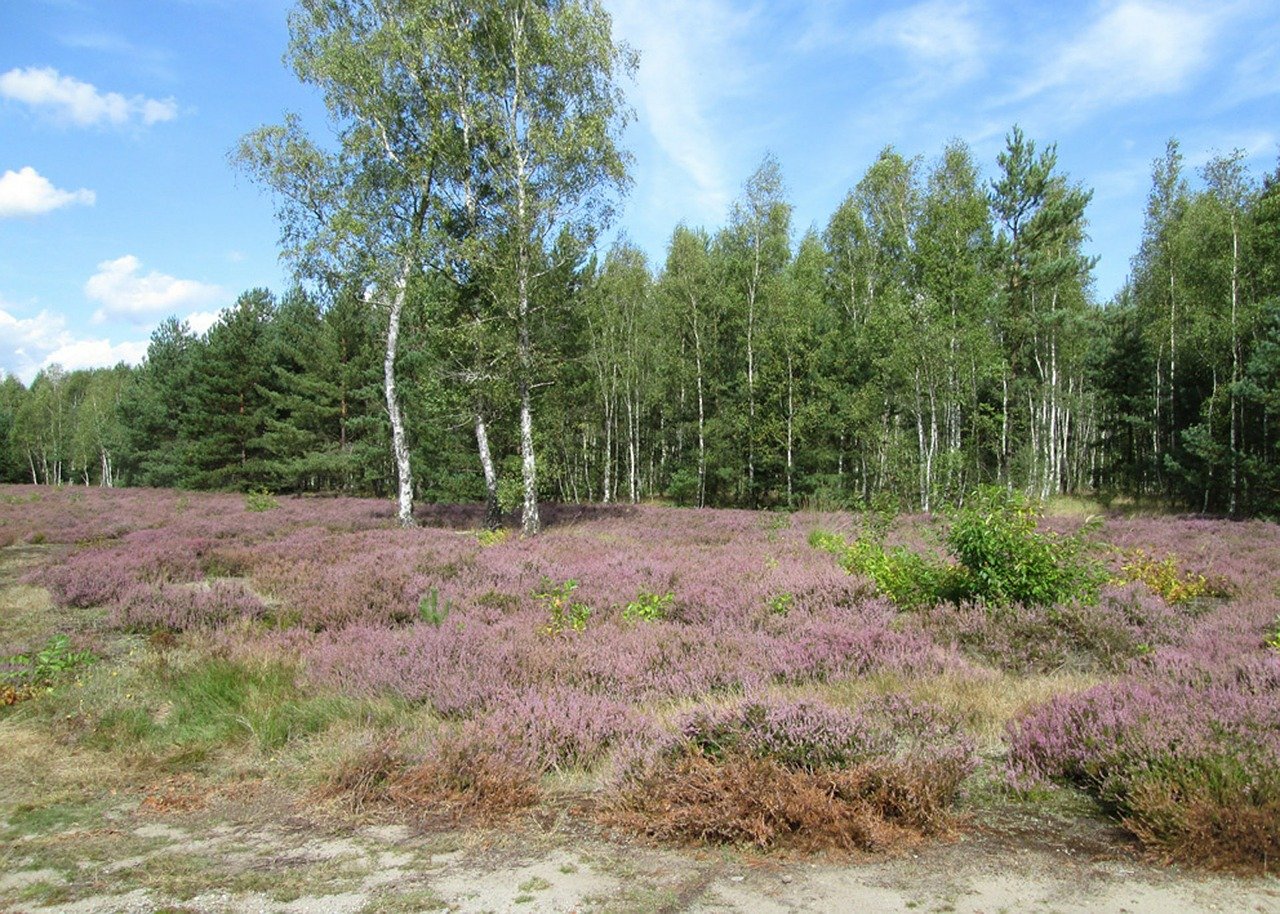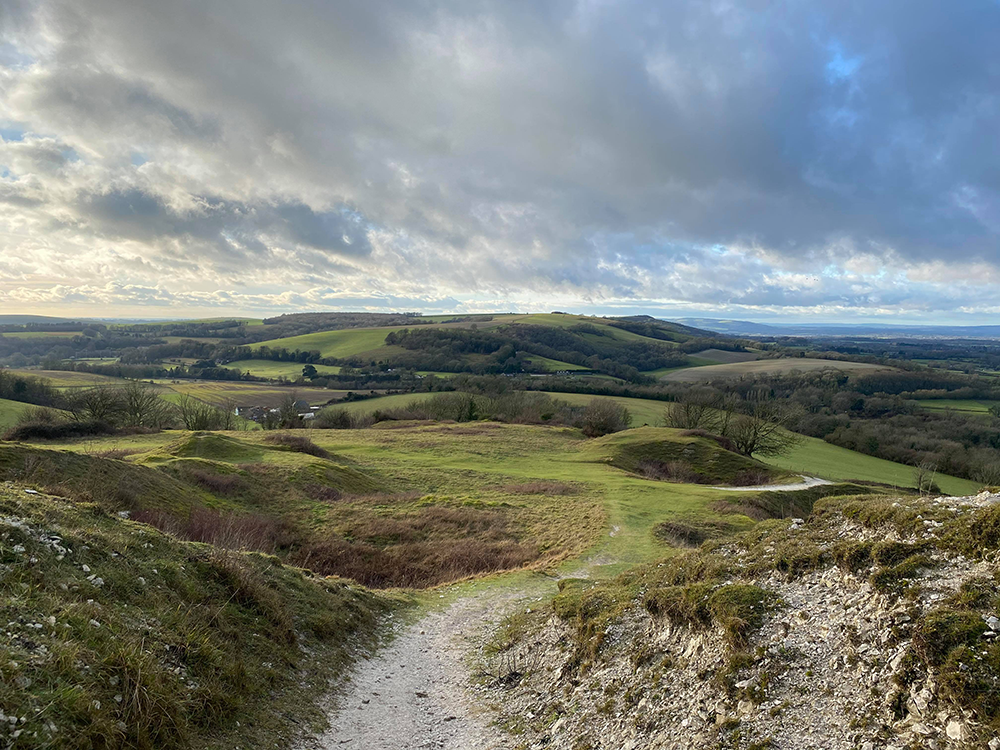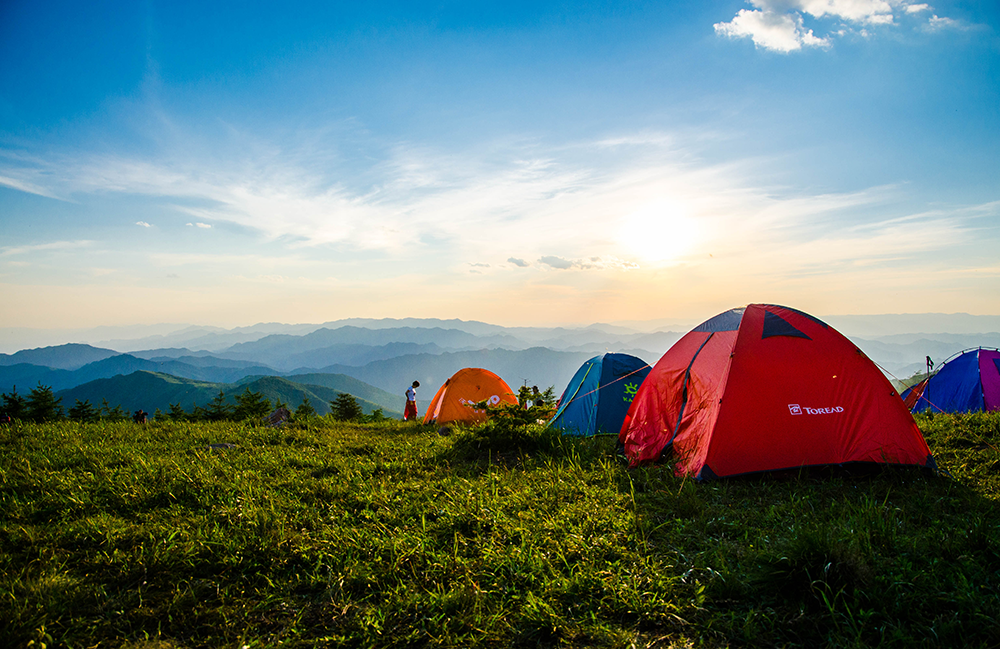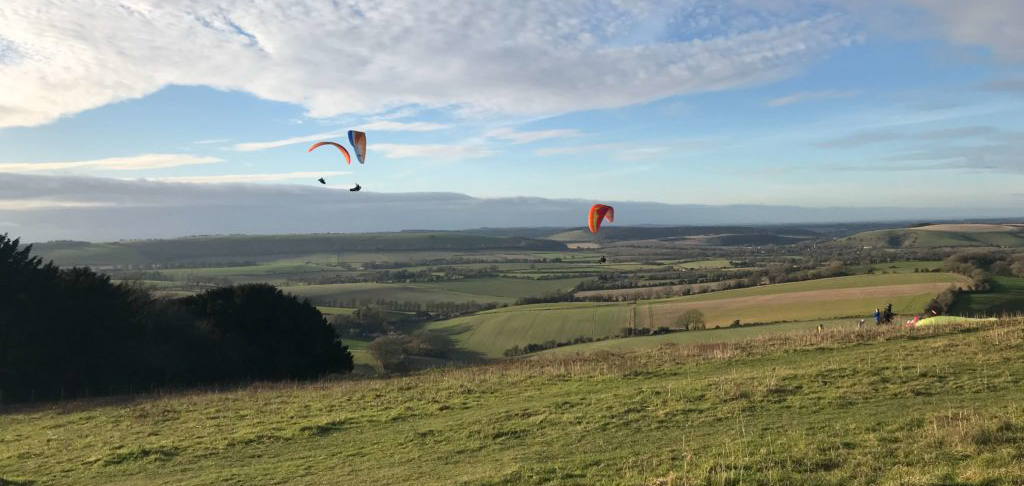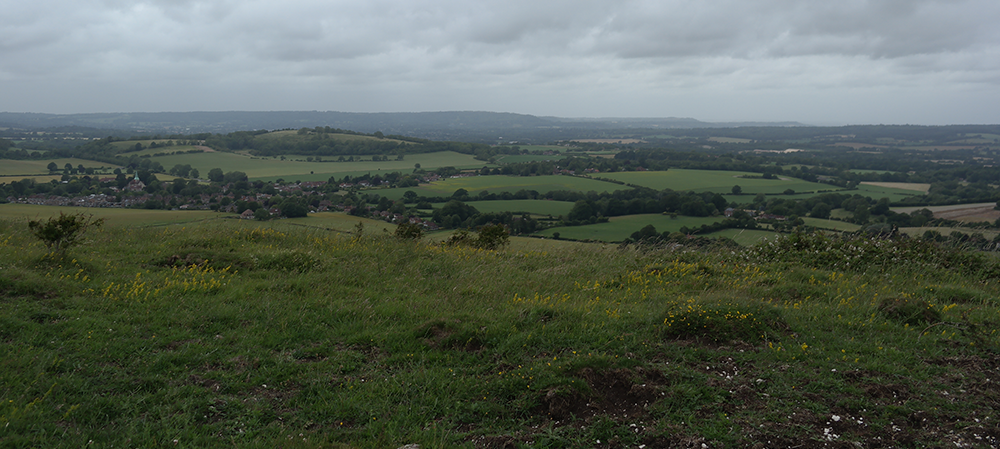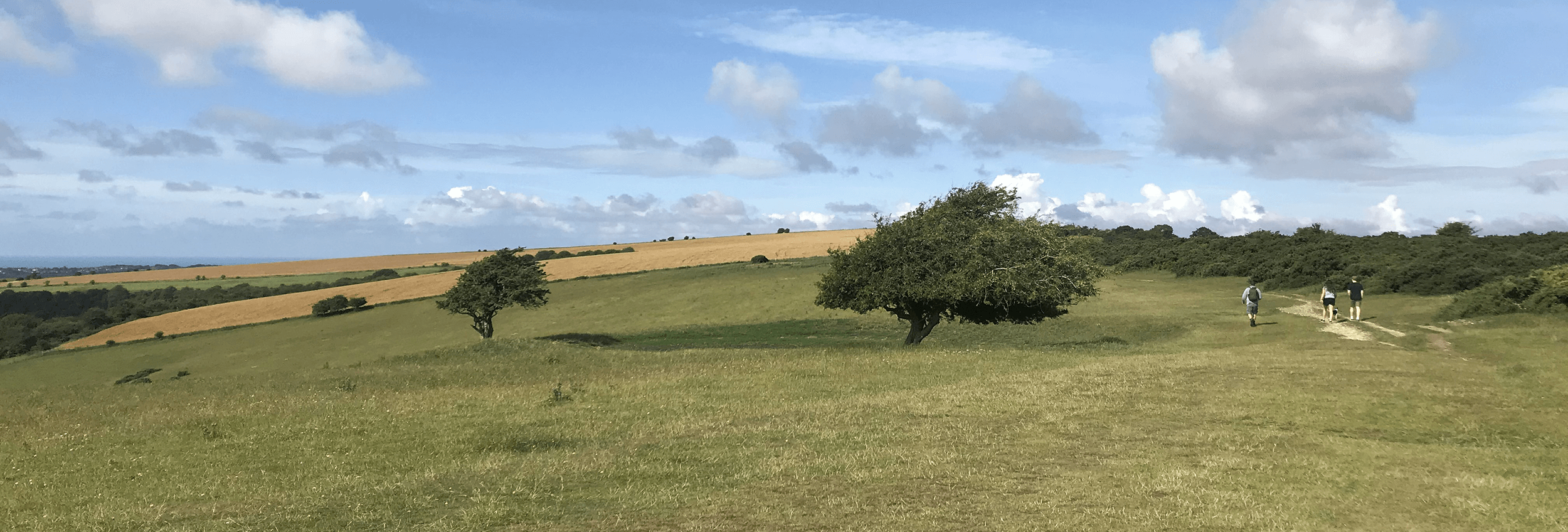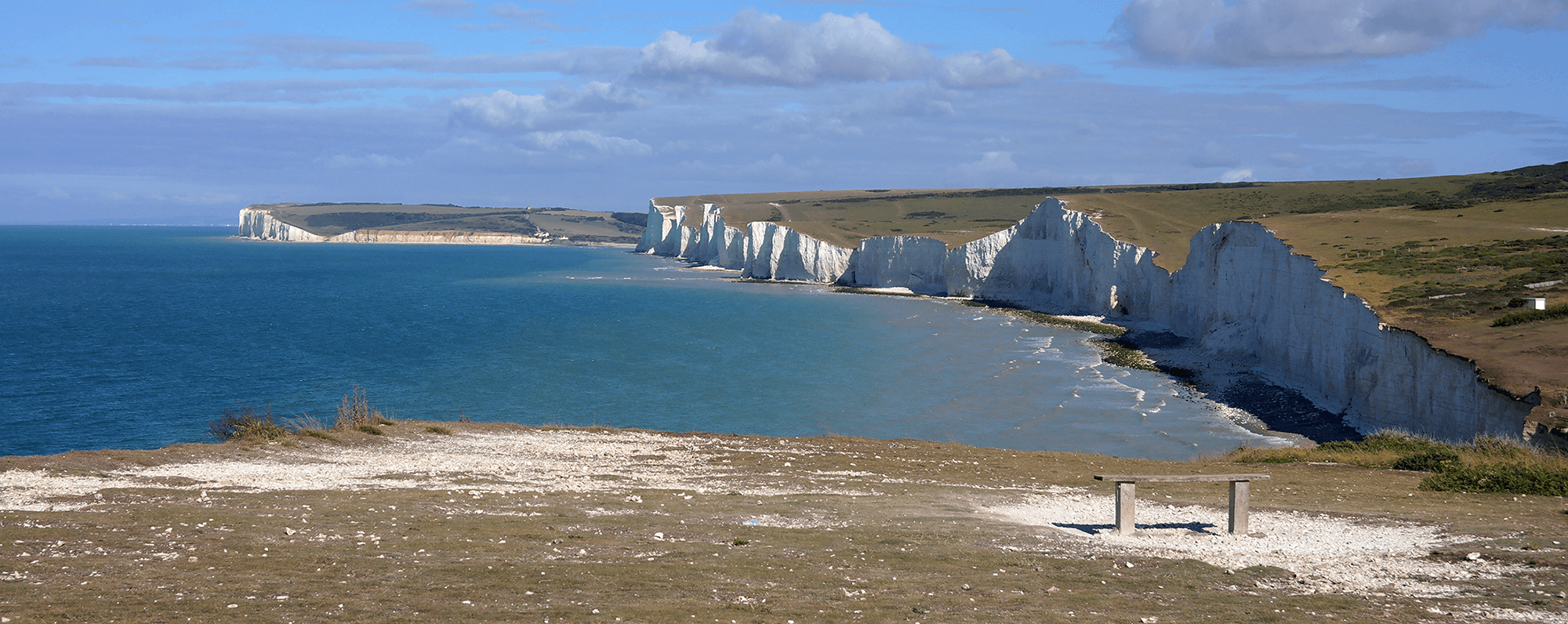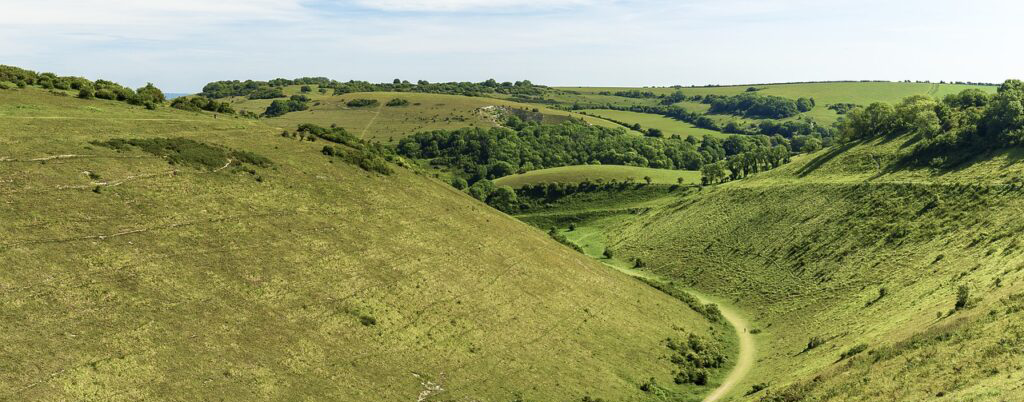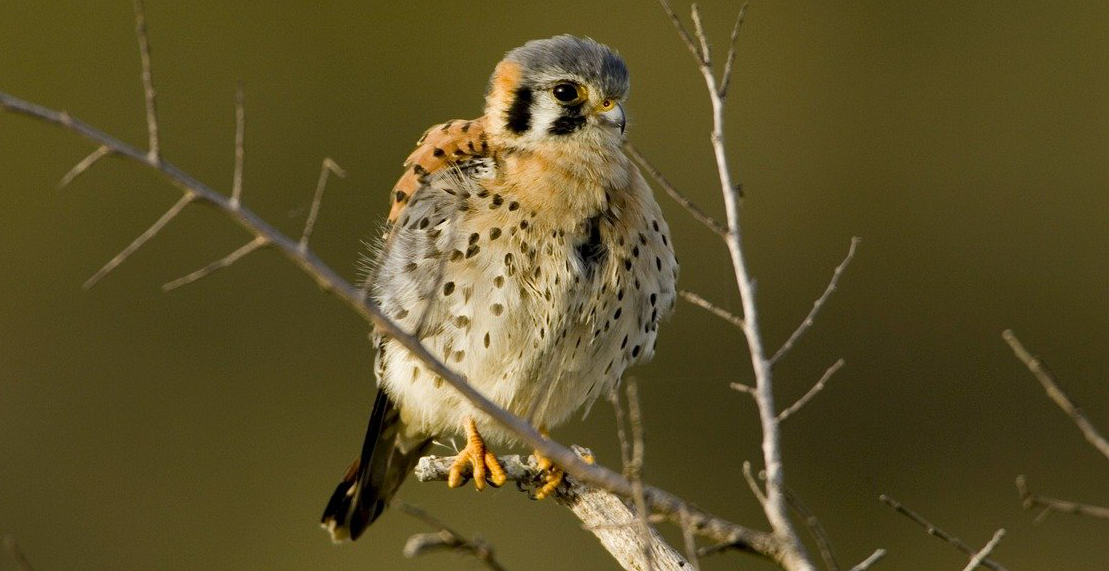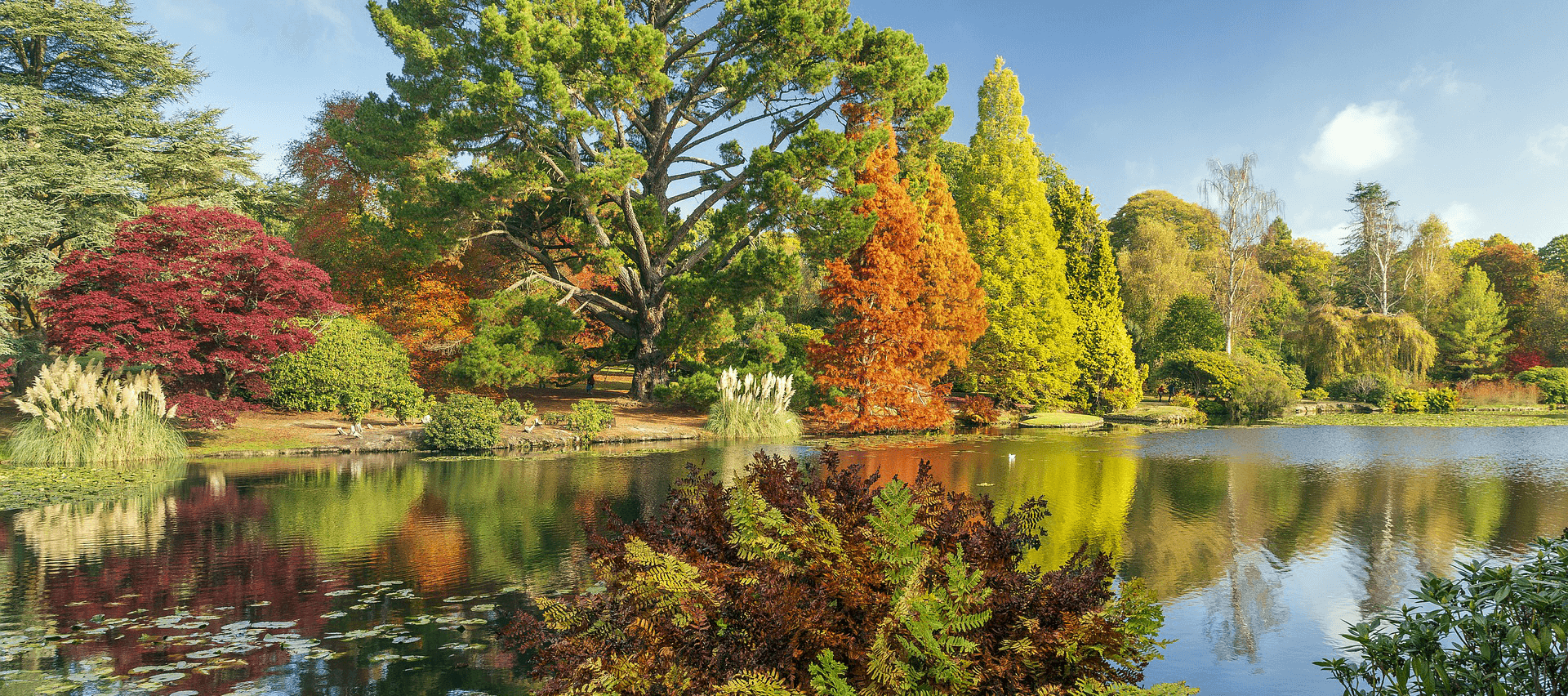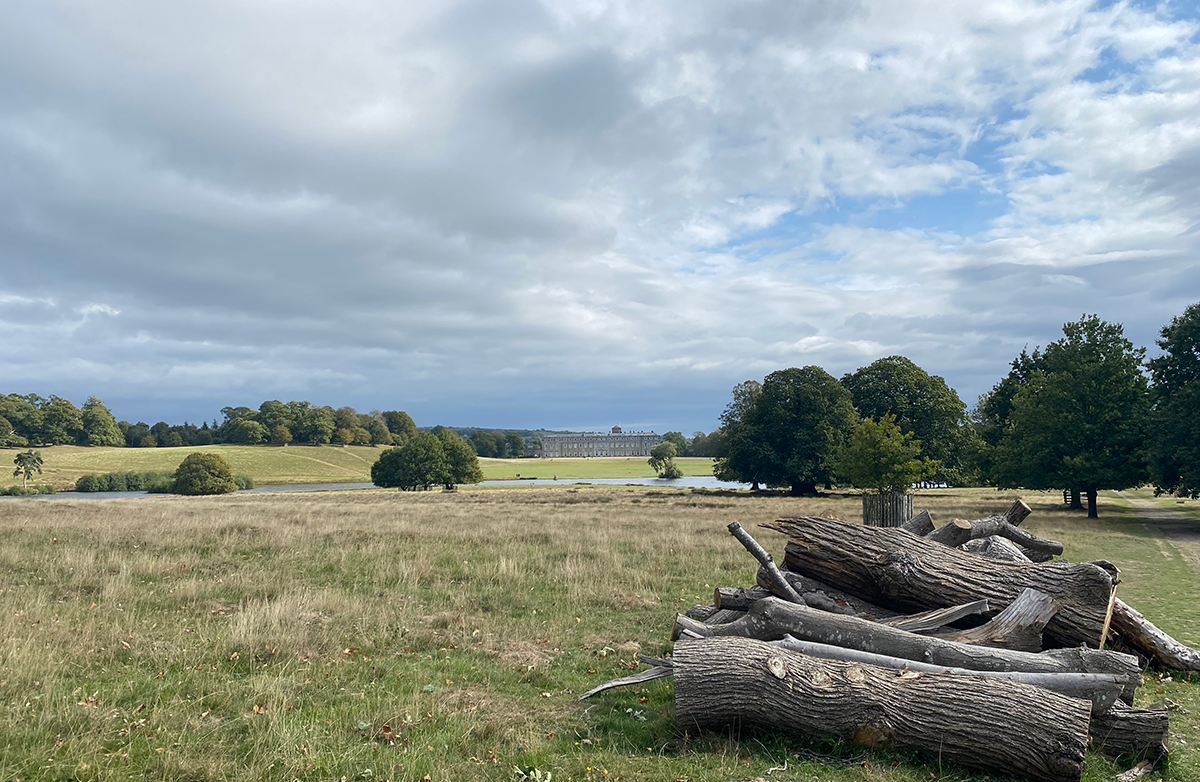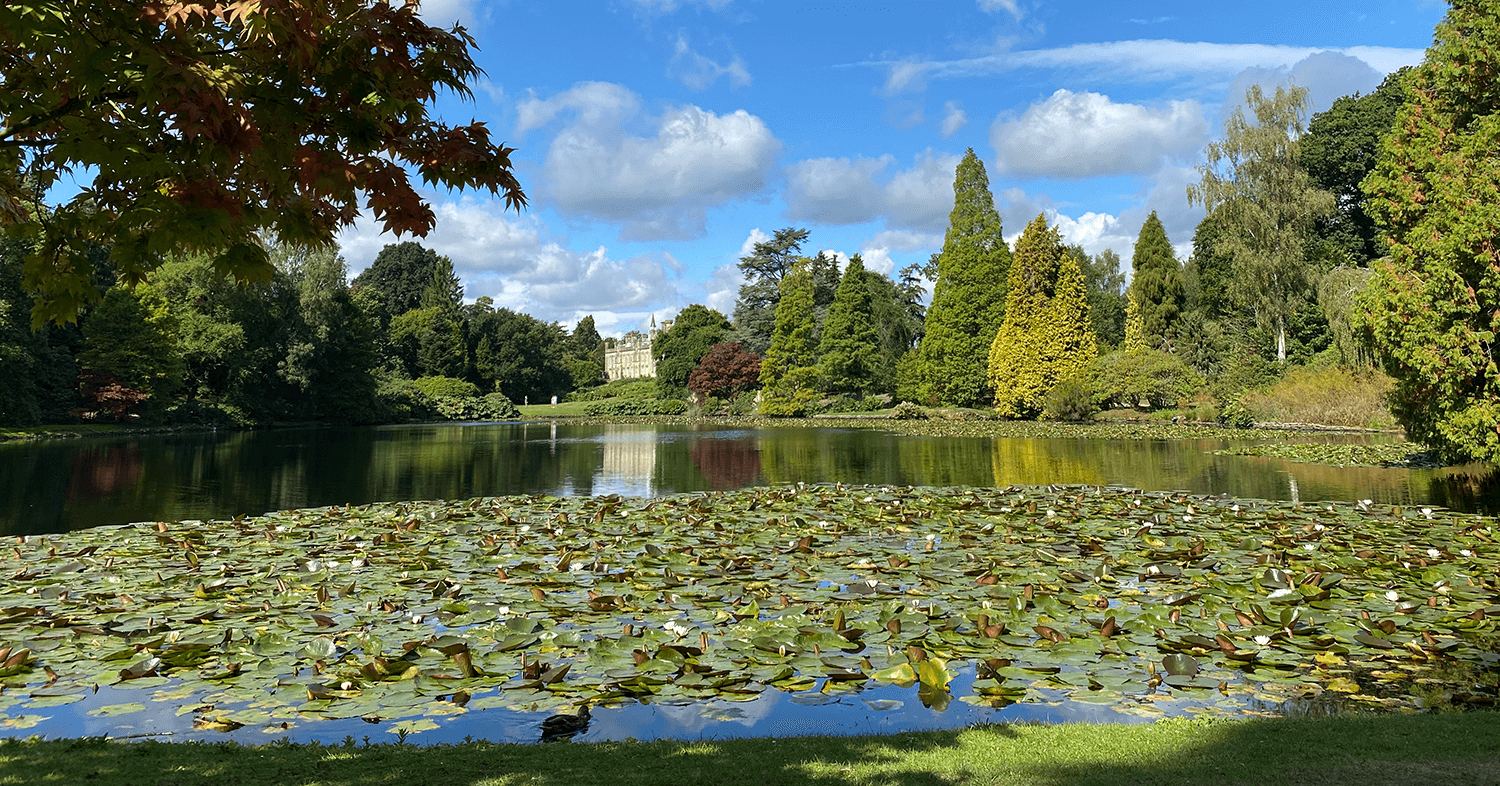Lord’s Piece is a lovely hidden walk near the South Downs Way in the tiny Hamlet of Coates, in Fittleworth. The largest village nearby is Pulborough, about 3 miles away and there is also a train station in Pulborough with links to London.
Lord’s Piece is privately owned & is well known for having reintroduced field crickets to boost their near-extinct population. You can very often hear them chirping away!
This beautiful area of heathland is also briefly part of the 64 mile Serpent trail, which starts in Haslemere and ends in Petersfield.
There are 2 car parks to the site, one at the top and one at the bottom. Both of which have restricted height barriers and can be particularly bumpy, so not ideal for low vehicles. There is a little bit of off-road parking by both car parks, on the road.
Lord’s Piece is completely edged & fenced in so once through the entrance gates, it’s very safe for dogs. For this walk, we’ll be starting at the top car park and walking around the outer perimeter. You can also adjust your walk to take in the woods near the top path should you wish. It’s near impossible to get lost here, so just wander around as you please!
Through the gate and head left along the obvious path, walking parallel to the road. You’ll see areas of heathland on your right before you’re hidden by the woods. Carry on along the path and as you get to the house on your left, take a tiny right by the rhododendron bushes and then carry on left which allows you a view to the right of further heathland.
Soon you’ll reach a crossing point and the path either carries on forwards or heads right, through the middle of the heath and along a ridge. Take either, but this time we’ll be continuing straight on, around the perimeter.
Just as the path starts to head right, you’ll come across a small clearing, ideal for a picnic, under some beautiful and very old trees. Kids love it here as they can climb on some of the lower branches! In summer, it’s a lovely cover from the sun.
Continue along the path and you’re now at the lower area of the walk which runs parallel to another barely used road. There’s a short, steep climb up to the top and then a short descent towards open ground. From here, you’ll be able to see the small lake near the lower car park. Dogs love a dip in the lake but beware of algae in the summer months. Quite often, in very dry summers, the lake is more of a large muddy puddle!
Cross over just to the right of the lake, and head left, again parallel to the road. A gentle ascent will take you back up to the top car park.
It only takes about 45 minutes of easy continuous walking to cover the whole perimeter, but there are so many options for taking different paths and crisscrossing the heathland. The woods at the top are great for kids and a welcome bit of shade on a hot day.
3 or 4 times a year, you’ll also be able to wander around with the company of some local cows! These lovely animals are very friendly and mostly pay you no attention, but it’s worth noting that they can often have their newborns and young with them, so please keep dogs on leads when walking nearby and try to give them as much space as possible.
If you enjoy bird watching, there are many types here, some of which nest in the heathers. We’ve spotted numerous birds of prey including buzzards, kites and kestrels. Other birds we’ve seen are bright green woodpeckers & we’ve also heard cuckoos!
There are no facilities here, including dog poop bins, and there are some very careless owners who don’t pick up their dog’s messes, especially on the paths close to the car parks. Please, please take bags with you and clear up after your dog. You’ll have to take the bags back home with you, but it’s worth it to help keep this lovely area clean for everyone and healthier for grazing animals.

